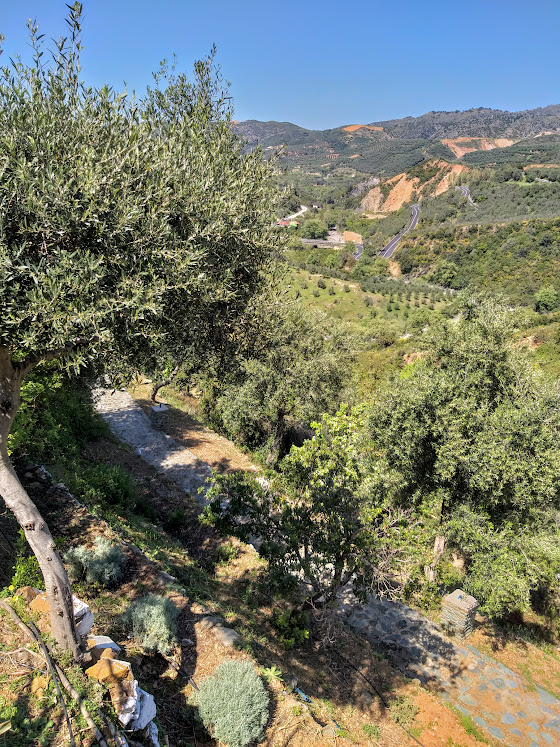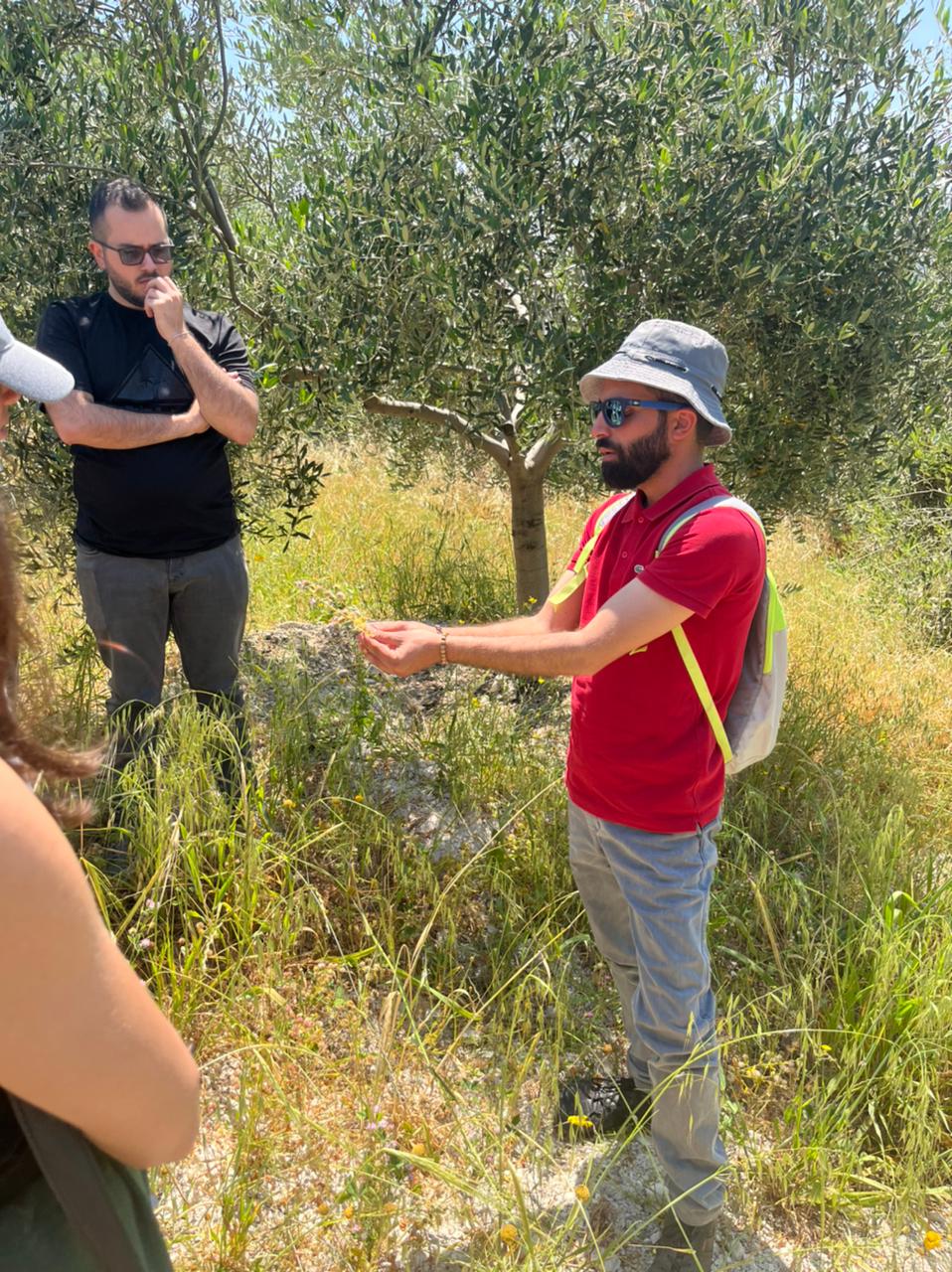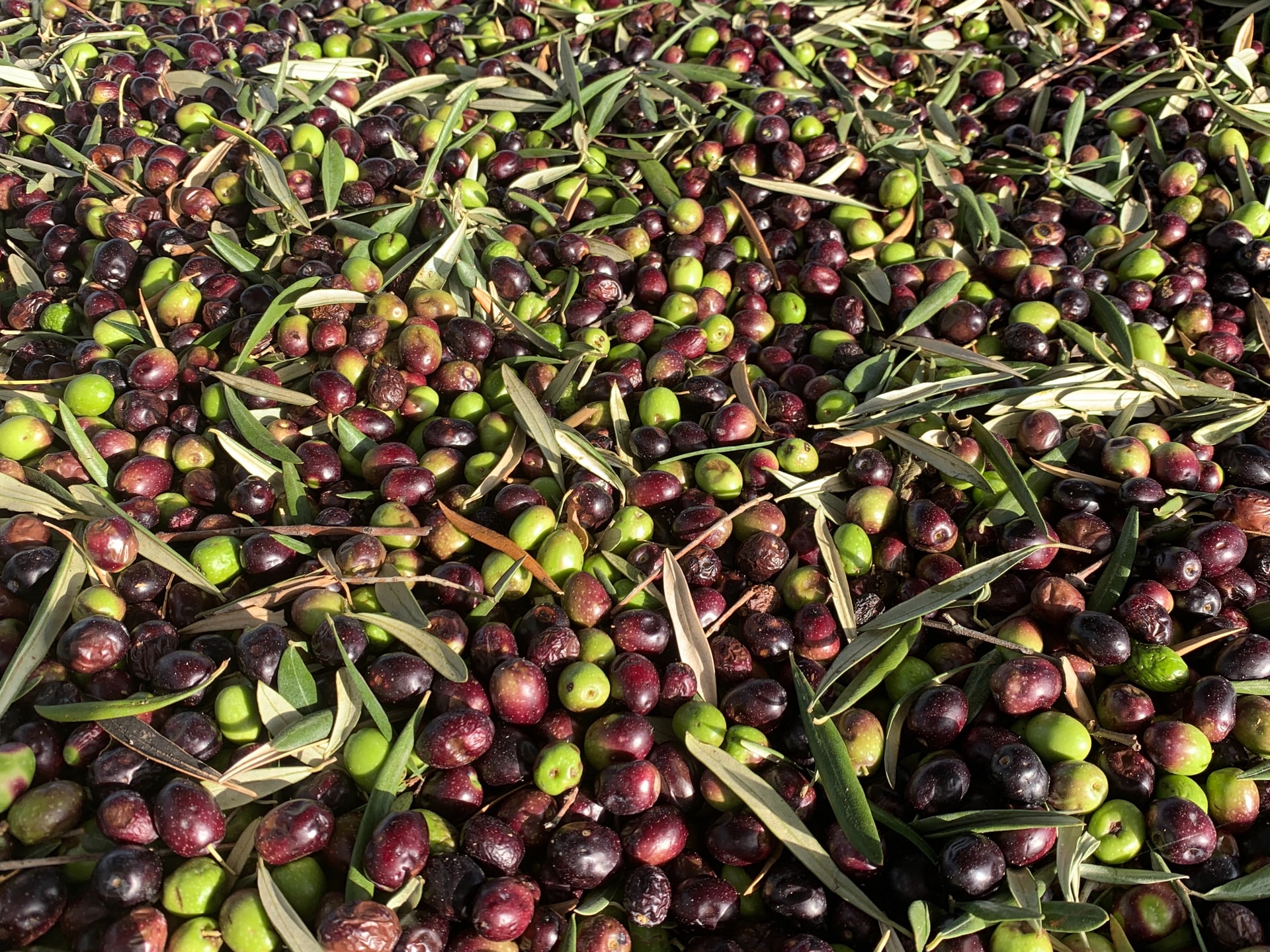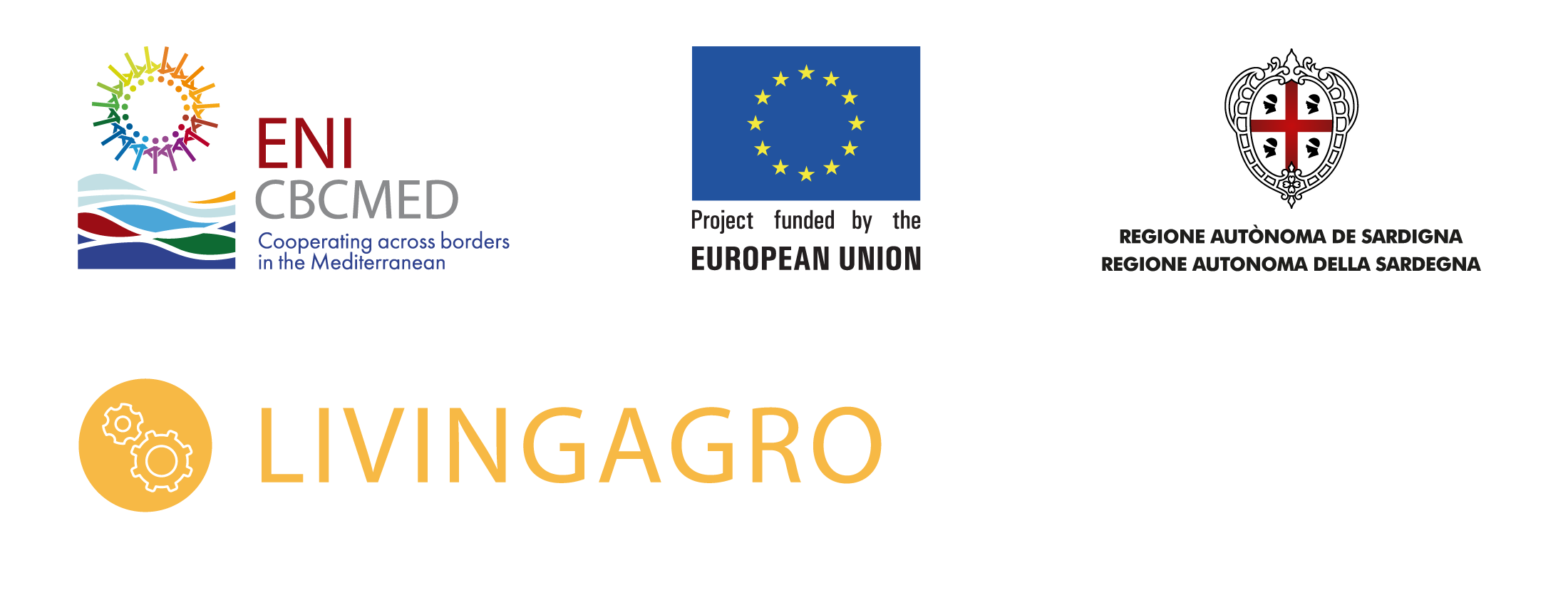Approach and work packages
OUR APPROACH
LIVINGAGRO is a cross-border project that needs a tailored approach to reach its ambitious goals. This approach not only allows all the project members to participate in the project activities, but also includes stakeholders in a collaboration called Public Private People Partnership (PPPP). We are using Living Labs for this collaboration.


What is a living laboratory?
Living Labs are platforms that implement the open innovation model, involving all stakeholders. In general, living labs aim to develop new knowledge, practices, products, and machinery through creative processes that actively involve users through real-life testing and sharing of information and knowledge.
Within a living lab, the members are effectively involved through different phases of the innovation cycle in which they can test, evaluate, and co-create innovations.
Living Lab Methodology
The core of Living Lab methodologies is represented by active user involvement, real-life experimentation, multi-stakeholder and multi-method approaches in the PPPP environment.
No general and absolute guidelines exist on how a Living Lab should work, since this depends, on the one hand, on the conditions and features of the local socio-economic system, and on the other hand on the involved stakeholders’ needs, interests, and inclination. For LIVINGAGRO, we adopted a project-based plan, where collaboration and user engagement are organized through a variety of face-to-face and online events, as well as various educational opportunities.


LIVINGAGRO Living Labs approach
Living Labs are platforms that implement the open innovation model, involving all stakeholders. In general, living labs aim to develop new knowledge, practices, products, and machinery through creative processes that actively involve users through real-life testing and sharing of information and knowledge.
Within a living lab, the members are effectively involved through different phases of the innovation cycle in which they can test, evaluate, and co-create innovations.
The operational procedures for Living Lab establishment follow the LEADERS approach based on seven steps:
Localize and identify stakeholders;
Establish a Living Lab PPP (Public-Private Partnership);
Assess the relevance of cross-border issues;
Deploy an ICT infrastructure;
Establish a local and/or cross-border PPPP community (Public Private People Partnership);
Run one or more User-Driven, Open Innovation pilots;
Summarize and evaluate the results.


LIVINGAGRO work packages
The LIVINGAGRO project intends to reach its goals by following a structure built around 4 Work Packages (WPs): Management, Communication, Living Labs, and Technology transfer.
The core of the project is represented by WP3 and WP4. WP3 focuses on the development of the Living Labs in a cross-border dimension: one devoted to “Multifunctional Olive Systems” and another for “Grazed Woodlands.” WP4 is focused on Technology transfer (TT), aiming at supporting the exploitation of research results and strengthening the links among research, industry, and private sector actors. This involves testing, Science to Business brokerage events, and delivering TT and intellectual property rights support services with a participatory approach.

